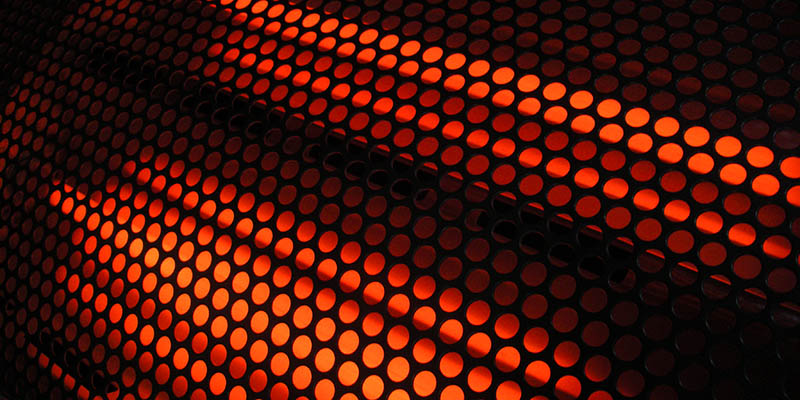Overview of JBIG

JBIG2 (ITU-T T.88|ISO/IEC 14492) defines a coding method for bi-level images (e.g. black and white printed matter) consisting of a single rectangular bit plane, with each pixel taking on one of just two possible colours. JBIG2 was standardized in 2001, as a single part specification, and specifies both encoder and decoder.
Compression of this type of image is also addressed by existing standards, for example MH&MR (ITU-T T.4), MMR (ITU-T T.6), and JBIG1 (T.82| ISO/IEC 11544),. The JBIG2 was prepared for lossy, lossless, and lossy-to-lossless image compression and allow for lossless compression performance better than that of the existing standards, and to allow for lossy compression at much higher compression ratios than the lossless ratios of the existing standards, with almost no visible degradation of quality by using pattern matching and substitution techniques in addition to the technologies of the existing standards.
Besides the obvious facsimile application, JBIG2 will be useful for document storage and archiving, coding images on the World Wide Web, wireless data transmission, print spooling, and even teleconferencing. Currently PDF files having versions 1.4 and above may contain JBIG2-compressed data.Multiple colours can to be handled by using an appropriate higher level standard such as ITU-T Recommendation T.44.

